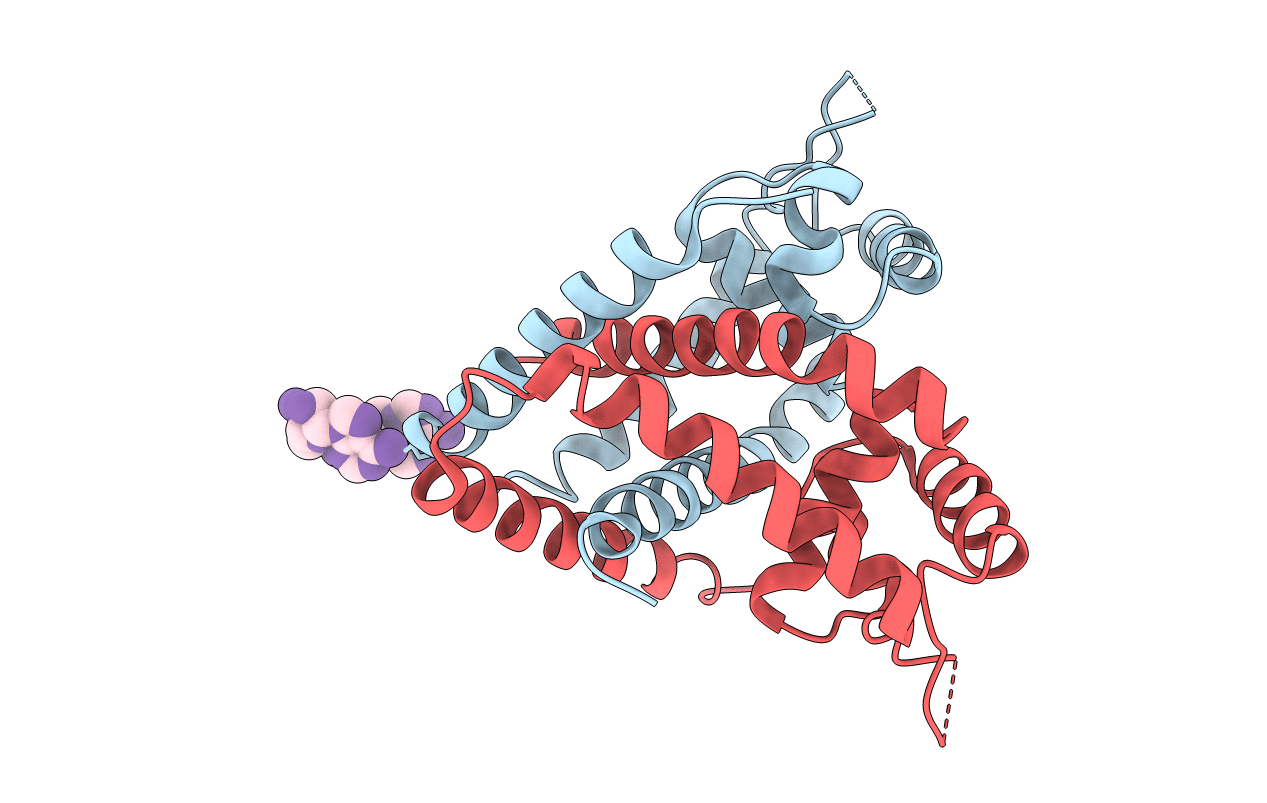
Deposition Date
2012-04-07
Release Date
2013-06-05
Last Version Date
2023-11-08
Entry Detail
PDB ID:
4EJT
Keywords:
Title:
Staphylococcus epidermidis TcaR in complex with RNA
Biological Source:
Source Organism:
Staphylococcus epidermidis (Taxon ID: 176279)
Host Organism:
Method Details:
Experimental Method:
Resolution:
3.00 Å
R-Value Free:
0.27
R-Value Work:
0.23
Space Group:
P 61


